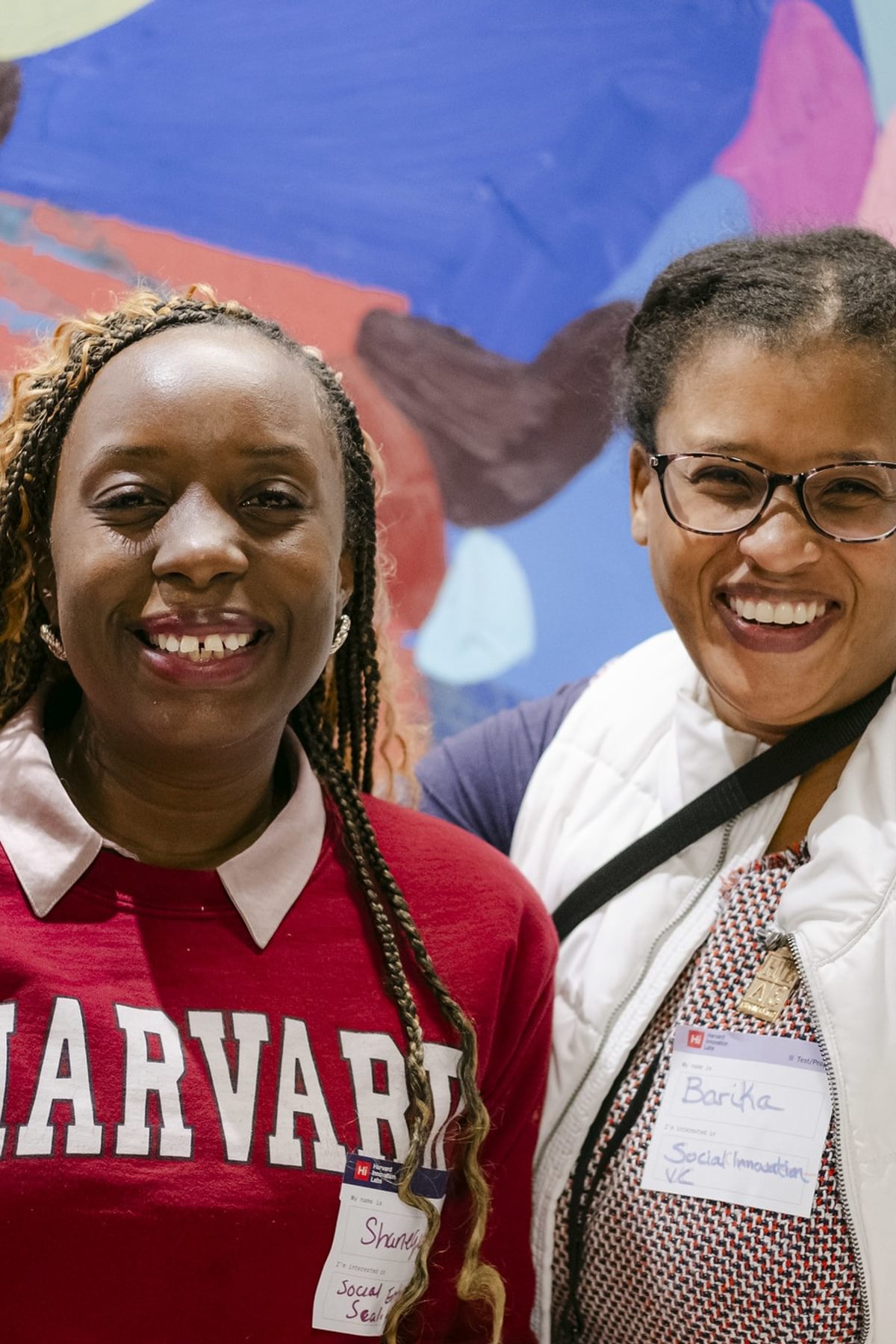Climate Circle Q&A With Founder Rana Hajirasouli (SPH Exec Ed '23)
-
Four years ago, I received a phone call that my father had passed away suddenly due to a defibrillator component shortage as he went into a cardiac arrest. Some months later, I found out there were surplus defibrillators in a clinic storeroom nearby, but the ambulance services had no way of knowing that. I realized much of the work related to sustainability (specifically, sustainable manufacturing) had made no sense, particularly since there was an issue of visibility amongst the most vulnerable members of supply chains: SMEs. I then dug into a different perspective of climate action that focused on who gets access, to what resources, and when, which is the most critical factor of sustainability within supply chains.
-
The Surpluss aims to transform excess into equal access, empowering communities, and change the future of business, one synergy at a time. Our mission is to help at least one million SMEs gain autonomy over the resources they have by optimizing their business, connecting them with other companies nearby to innovate, reduce waste, and meet the UN SDGs.
We are currently working on a B2G2B approach, which means we partner with local governments to provide subsidized annual membership to SMEs to enhance localization, generate profits for both the members (businesses) and partners (governments) to incentivize sustainable production and consumption and hope to eradicate the term “waste” as we know it. If one synergy between a small grocer and a social enterprise could feed 24,000 people in the space of a month, imagine the impact our platform could have by just connecting relevant parties and replicating this for all underused resources, globally.
-
Making most use of financial resources when you are bootstrapped. Whilst we are lucky and have a low-overhead business, processes and digital product development takes time and can be expensive, especially when you are building it from the ground up. As a solo founder, I prioritized bootstrapping as we are in a part of the world (the GCC, and broader Middle East) which has not yet developed a sophisticated impact-driven VC ecosystem.
Giving equity away at such an early stage for money can inevitably create more hardship and diversion from a purpose-driven business to suit corporate customers. Plus, many of the VCs here were simply not prioritizing sustainability, and the angels were very new and couldn't necessarily provide us with the close relationship and guidance we wanted.
As a female-majority team, we wanted to make the leap of faith and get to profitability ourselves. This meant we had to locate the right opportunities for collaboration and partnerships that could help fill the gaps of what we would have wanted from funding. While this took a lot of time, and the learning curve of our unique product offering was still quite large, it paid off.
-
I have always been involved in climate work, both directly and indirectly. I worked for a bio-marine organization which focused on civic engagement for Ireland’s coastal erosion problem, and then focused much of my professional career to understanding why it was so difficult to transition from linear to circular supply chains at a COO of a manufacturing SME. I did not want to explicitly pigeon-hole myself, so I moved into operations, but the core of my focus was climate related. I gained most of my experience being exposed to traditionally hard to abate, non-digital industries with a very low sustainability orientation to get a gauge on the attitudes and systems that govern change outside the large corporate world.
-
Honestly, the fact that biomimicry influences so much of the work that we do today. Since I gained my certification, I cannot unsee nature's 3.8 billion years of genius. The very foundation of the framework for The Surpluss was based off of slime mould networks! Despite it having a bit of a "yuck" factor in first appearance, this hyper-intelligent single celled organism finds the quickest path to success and feeds back information using collective intelligence.
Once I started deep-diving into nature's systems and started exploring functions on a micro, meso, and macro level, I started to understand that we could build entirely new systems by mimicking it in design or process. To date, there have been thousands of inventions like this, from building self-healing concrete using bacteria, to emulating the design of Namibian desert beetles' fog-absorbing capacity in arid deserts for more sustainable water collection systems.
The possibilities are endless. Growing up in the desert, I thought we didn't have much biodiversity, but I was incredibly wrong. On the contrary, the most resilient ecosystems and organisms are the most fascinating to mimic because of the harsh and resource-scarce environments they operate in, having the potential to transform our understanding of the types of solutions we need to build to respond to climate change.
-
Sharing the speaking stage at One Young World Belfast in 2023 with one of my childhood idols, Professor Mohammad Yunus; being mentored by Nobel Laureate and former president of Colombia, Juan Manuel Santos; and being featured as an “actionist” on the official COP28 website.
-
Don't build a product that nobody wants, no matter how great you think the idea is. Execution matters. Listen to your potential customers, especially early on.
This has been a consistent problem with startup founders. While it is normal to get attached to what you have to offer, we must be open to pivoting to find those use cases and early adopters and understanding that those can even change as the landscape evolves. Build solutions that respond to context.







